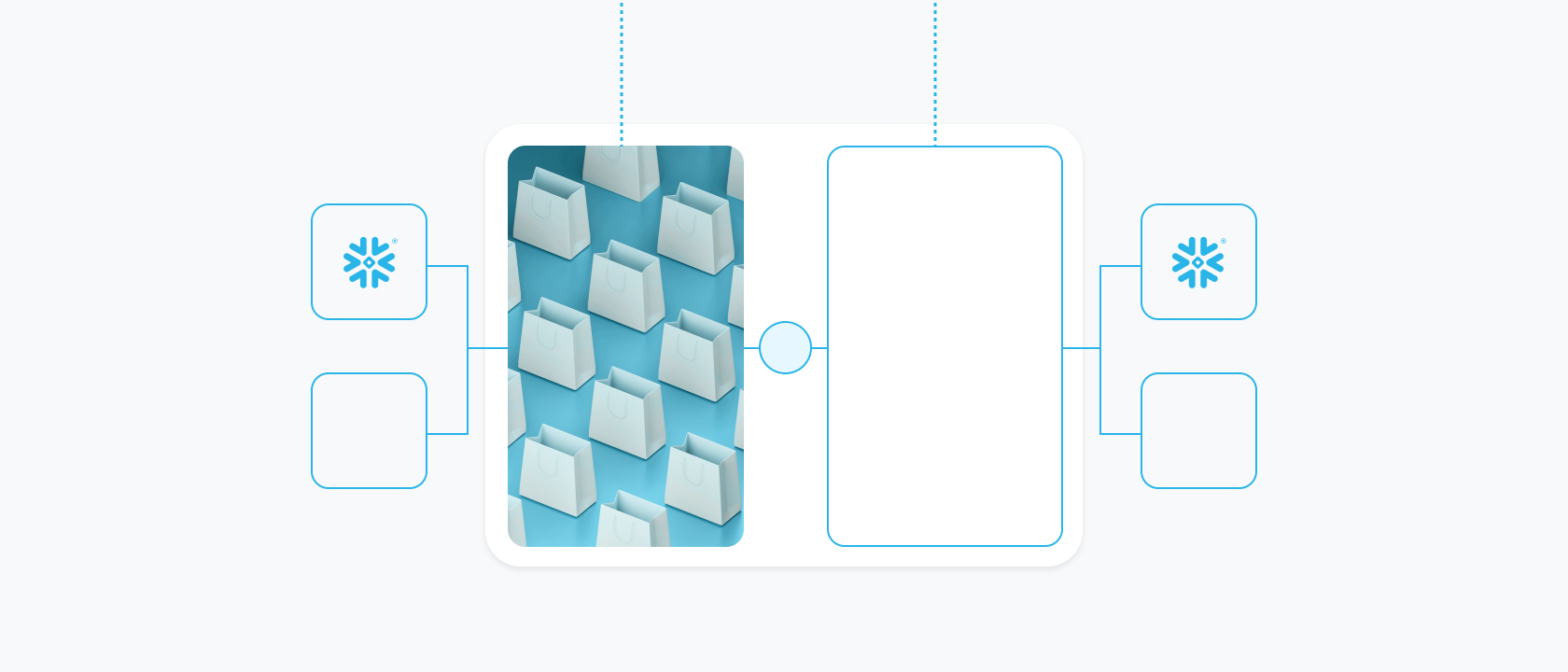In Part 1 of “Retail Media’s Business Case for Data Clean Rooms,” we discussed how to (1) assess your data assets and (2) define your data structures and permissions. Once you have a plan on paper, you can begin sizing the data clean room opportunity for your business.
Step 3: Commercial Models to Unlock Revenue at Scale
Modeling the business value comes down to two things: (1) What data are you making accessible; and (2) How many partners are you willing (and able) to engage?
There are three potential commercial models to consider when monetizing your business via clean room capabilities. In selecting which of the models you will use, it’s important to consider the commercialization aspect of bringing a new product to market. Just like you would build a go-to-market (GTM) package for a new media product, it is critical to build a go-to-market strategy and materials to launch clean room monetization at scale. That being said, this should be a supplement to your media revenue — making it easy for your partners to buy media and gain access to data, if and when your strategic priorities are aligned.
Let’s get into the Commercial Models and considerations for each.
Data Clean Room Commercial Models:
| Model Type | Description | |
| 1 | Tiered Partner Model | Data availability is tied to retail media investment tiers |
| 2 | Media Investment Growth | By investing x% more in media, clients can get access to Y data or Z use cases via the clean room |
| 3 | Subscription Model | Subscription add-ons available after a partner reaches a certain investment threshold |
Commercial Model 1: Tiered Partner Model
Let’s start with the Tiered Partner Model. Many media networks already have defined investment tiers for their clients. Those who invest above or below an investment threshold get access to different capabilities — be that managed-service media planning, closed-loop measurement or regular QBRs. Data clean room use cases can easily be added into these tiers as an incentive to encourage investment growth and reward your strategic partners with access to new capabilities.
This may look something like:
| Tiers | Annual Media Investment* | Clean Room Access |
| Tier 1 | Over $10,000,000 | Expanded Use Cases |
| Tier 2 | $1,000,000 – $10,000,000 | Limited Use Cases |
| Tier 3 | Under $1,000,000 | Not Available |
*Media investment thresholds will vary based on the unique Retail Media Network scale.
Commercial Model 2: Media Investment Growth
The second model is the Media Investment Growth model. This model approaches clients with a proposal to increase their annual media investment by a given percentage to gain access to data and use cases in the data clean room. This can be based on a commitment to spend both on-site and off-site, driving demand across retail media products and increasing scale.
This might look like the following:
| Current Retail Media Investment | Year-over-Year Increase | Clean Room Use Cases** |
| $20,000,000 | High | 1. Audience Segmentation 2. Audience Overlap 3. Measurement / Attribution 4. Data Collaboration |
| $10,000,000 | Medium | 1. Audience Segmentation 2. Audience Overlap |
| $5,000,000 | Low / Medium | 1. Audience Segmentation |
** Your commercialization strategy should include key decision points on if and when to include data collaboration with clients.
With the Media Investment Model, the client commits to a greater media investment with you and they get data access as part of that media buy. You’re able to achieve sizable retail media revenue growth and give clients access to data. In return, they still get to run media using that full incremental investment. It’s a win-win.
Commercial Model 3: Subscription Model
A Subscription Model seems a little more self-explanatory, in that you charge a monthly subscription fee for access to your data. However, the nuance comes in when deciding what to charge for your data and how to vary that pricing based on the use cases available. Your pricing would vary based on factors like data scale, data completeness and data accuracy. The more you do to organize and prepare the data for consumption, the higher fees you can charge.
This model has two differentiators from the models above: (1) It creates a differentiated revenue stream, separate from media revenue, and (2) It leads to recurring revenue, as opposed to variable revenue, which can fluctuate with marketing priorities and budgets.
A Subscription Model can also facilitate nonadvertising use cases. Think more merchandising-centric uses, like inventory management, sell-through, research and development, assortment planning. While some of these questions can be answered with the data available in the Measurement and Attribution use cases, with a Subscription Model, you can consider opening new data to expand usage beyond marketing teams, leading to the Insights use case. An example here would be loading sample data for a category that can be used to analyze purchase trends by region and store format.
The matrix to determine subscription pricing is the most complex because of the various factors that go into determining your data value. We can look at an example of a company with moderate data volume, which has done some work to prepare and organize its underlying data.
| Data Volume | Data Readiness | Available Use Cases | Pricing |
| Moderate | Moderate | 1. Audience Targeting | Low |
| 1. Audience Segmentation 2. Measurement / Attribution | Moderate | ||
| 1. Audience Segmentation 2. Measurement / Attribution 3. Data Collaboration | High | ||
| 1. Insights | Moderate | ||
| 1. Insights 2. 2nd-Party Data Collaboration | High |
Conclusions
As with any new implementation, it’s important to start with answers to the following questions for your clean room launch:
- What pain point are you relieving (including what makes it urgent and important)?
- What does success look like (including measurable KPIs)?
- What capabilities will you include in an Alpha (vs. Beta, vs. GA) launch?
Once you have defined what you’re solving for with a Clean Room and why, you can begin:
- Assessing your data assets
- Defining your data structures and permissions
- Defining commercial models to unlock revenue at scale
Retailers are in an increasingly unique position to be able to create value for brands by bringing them closer to the point of sale as well as driving brand awareness. The benefit to consumers is the ability to experience highly personalized interactions during the shopping journey. Whether you are early in the journey or further along, it’s important to understand and have a strategy at each layer of the planning matrix (portrayed below).
Each step — from the data sources to the technology platform and partnerships, to ultimately, the commercialization models — becomes a building block and a decision point for the organization. With the right GTM and commercialization, you can maximize the data clean room revenue opportunity while delivering wins for your brands, partners and consumers.
Commercial models will vary based on your unique data assets and organizational resources. For support in defining the best commercial model for your business, reach out to Michelle Dooley, Retail Media Executive Advisor at Catalyst Media Consulting, or Nidhi DeSutter, Data Collaboration expert at Snowflake.
To learn more about the Snowflake platform and our cloud-native DCR solution to help power your collaboration use cases, check out this recent blog post.


